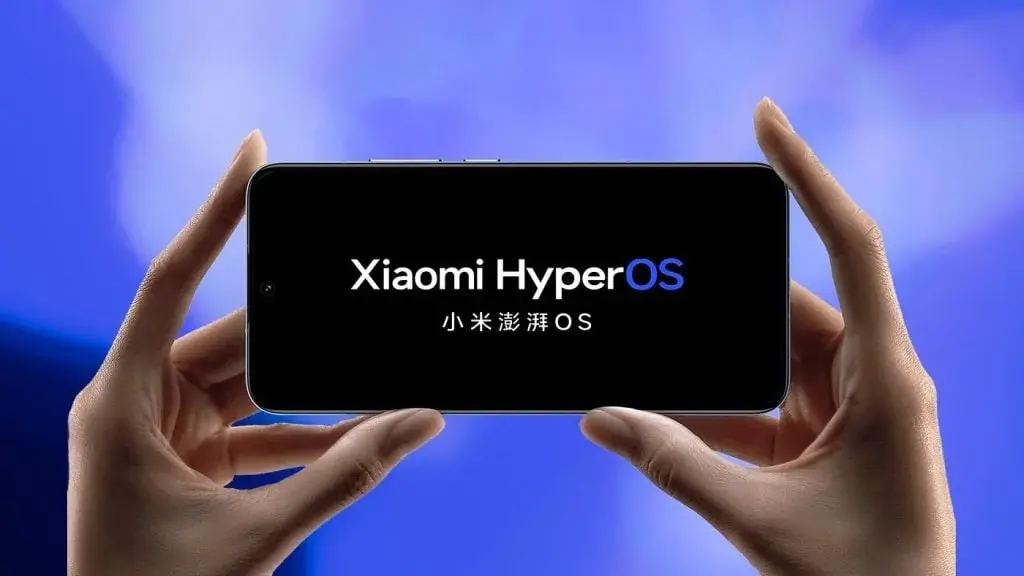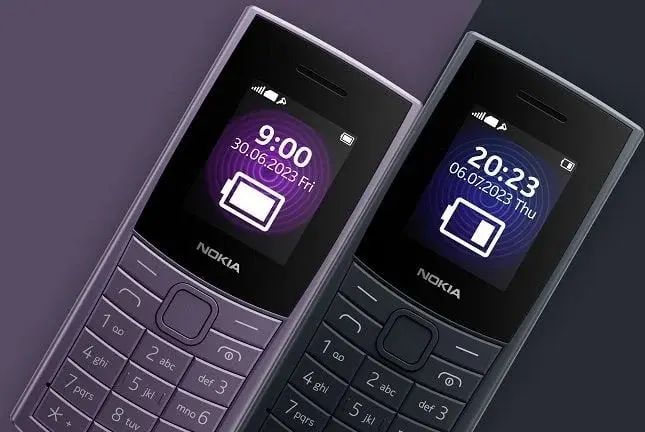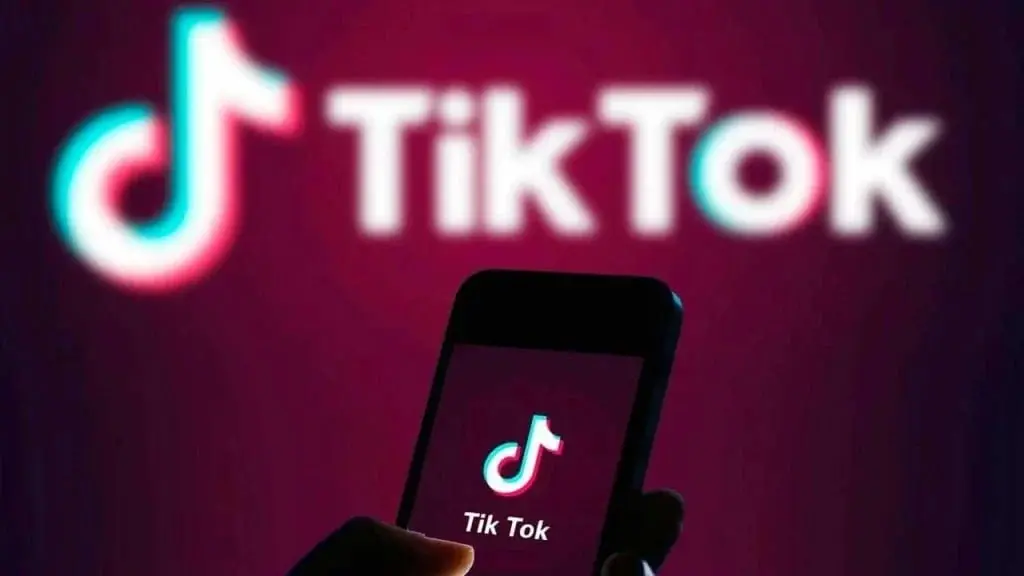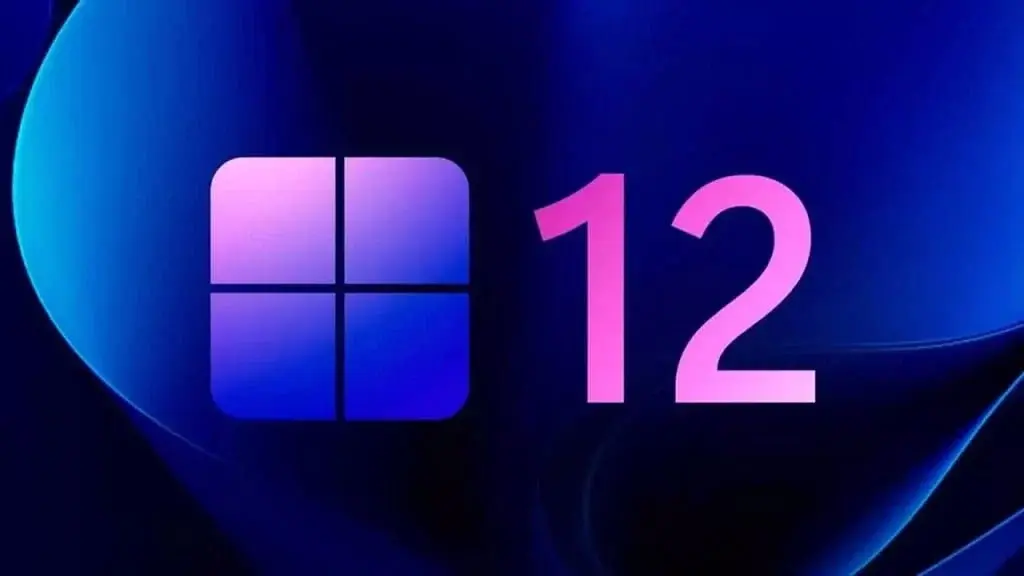No Thief Would Dare to Steal Your iPhone After the iOS 17.3 Update
Apple has recently released the iOS 17.2 update, which introduced new features like the Daily app and brought various improvements. However, the company is already working on the next version, and today they have released the first developer beta version of iOS 17.3. This new update comes with some exciting new features, with the most noteworthy being the “stolen device protection” that aims to secure your stolen device. Here are the details about the iOS 17.3 update.
Protecting Your Valuable iPhone
With the increasing prices of smartphones, which can easily exceed $1,000, these devices have become prime targets for thieves. Not only are they valuable as spare parts, but they also contain personal information ranging from financial data to precious memories. Recognizing this issue, the upcoming iOS 17.3 update aims to provide a solution.
Enhancing the Lost Mode
iOS already offers a “Lost Mode” for stolen devices, but sometimes scammers can bypass this mode by tricking users into revealing their passwords. For example, they might pose as the police and claim to have found the stolen device, asking the user to verify their password. This allows them to reset the phone and gain unauthorized access to personal data. Fortunately, the new “stolen device protection” feature in iOS 17.3 aims to prevent this situation.
Biometric Authentication for Added Security
With the iOS 17.3 update, activating the “Lost Mode” on your iPhone will now require biometric authentication for every critical operation. Whether you’re logging into your banking app or resetting your phone, you will need to authenticate using Face ID before proceeding. This simple yet effective method adds an extra layer of security and ensures that even in the event of unauthorized access, your personal data and phone remain protected. However, it’s important to note that this feature is currently in the beta phase and will be available to users in the future.
In conclusion, the iOS 17.3 update brings a significant improvement in protecting stolen devices. By requiring biometric authentication for critical operations, it becomes much more difficult for thieves to bypass the “Lost Mode” and gain unauthorized access to personal information. With this update, Apple aims to provide iPhone users with peace of mind and ensure that no thief would dare to steal their valuable devices.










